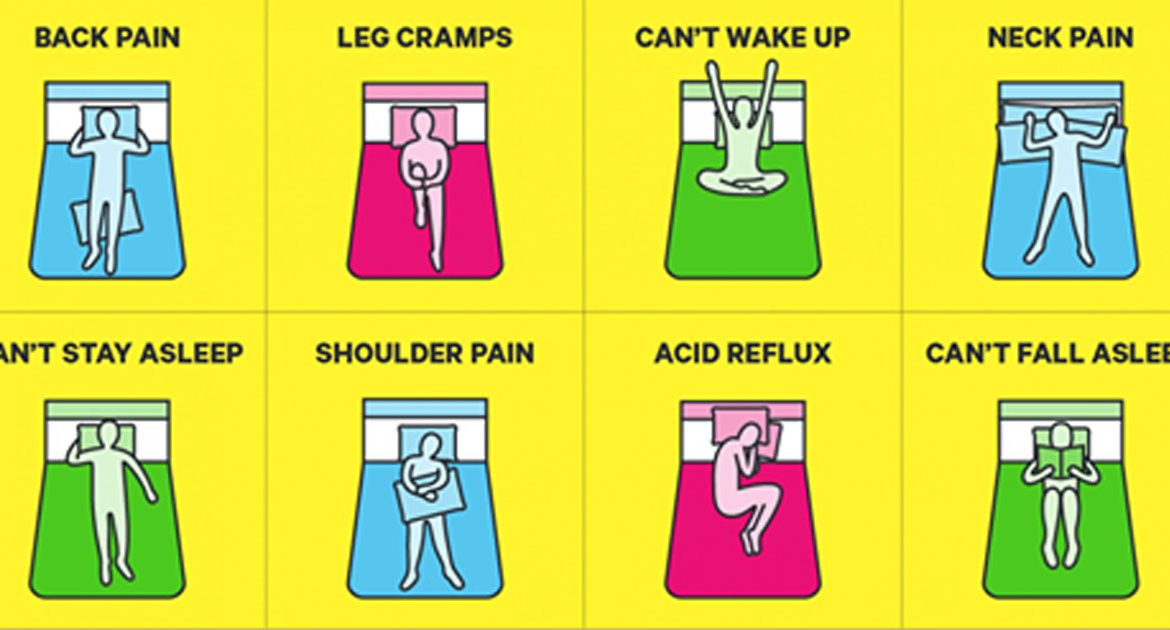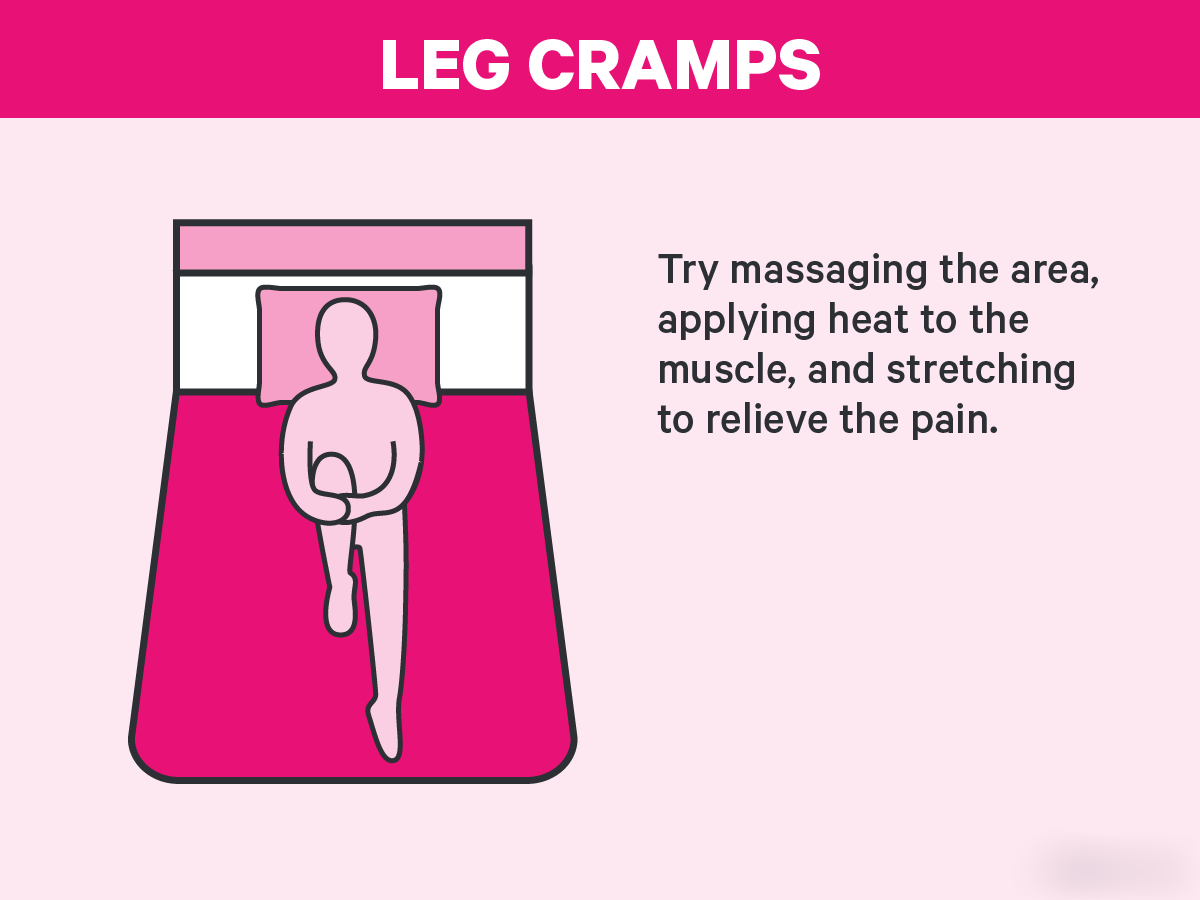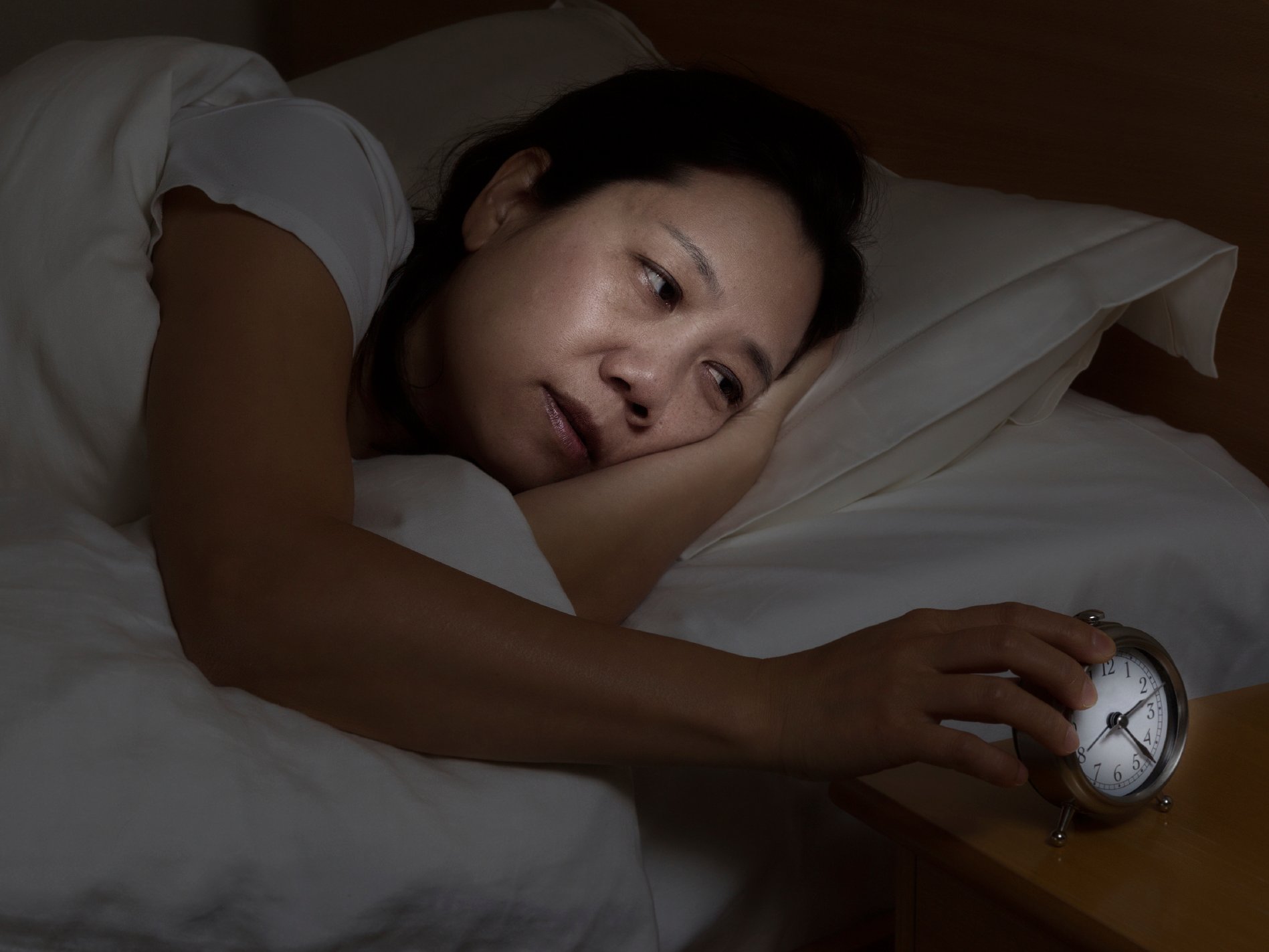
It seems like it’s getting harder and harder to get a good night’s sleep.
A myriad of distractions are constantly in cahoots to keep you from getting enough shut-eye.
We’re supposed to get seven to nine hours of sleep, but many Americans don’t hit that target every night.
Sleep can provide incredible health benefits — from helping us lose weight to improving our memories, and even making us happier.
So when you’re lying in bed with one of these nine common sleep problems, here’s what the science says you should do:
Strategically placing pillows is a good way to relieve all sorts of pain. If you wake up with a sore shoulder, try hugging your pillow when you’re going to sleep.
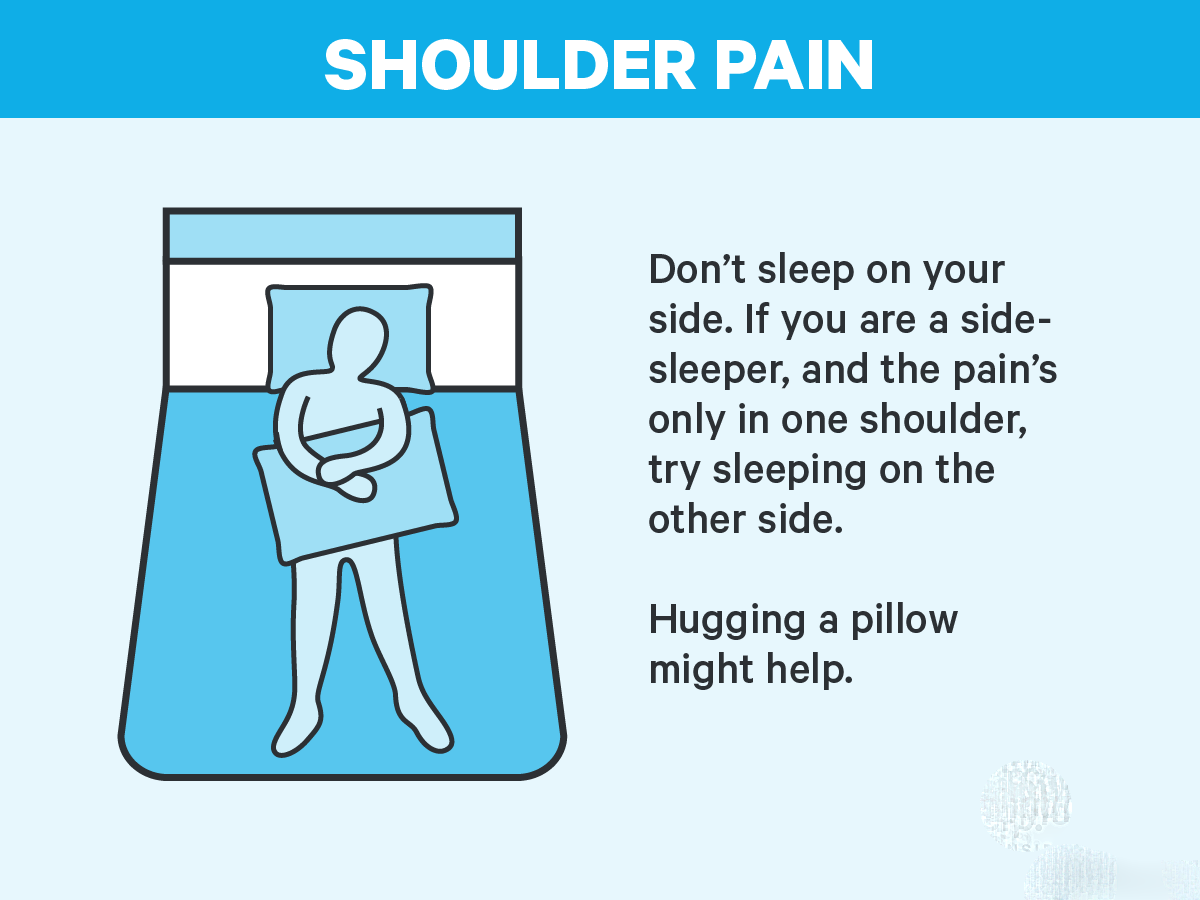
Sleeping on your stomach is probably not the best position if you have back pain, though a pillow under your legs can help. If you sleep on your side, try a pillow between your legs to relieve discomfort.
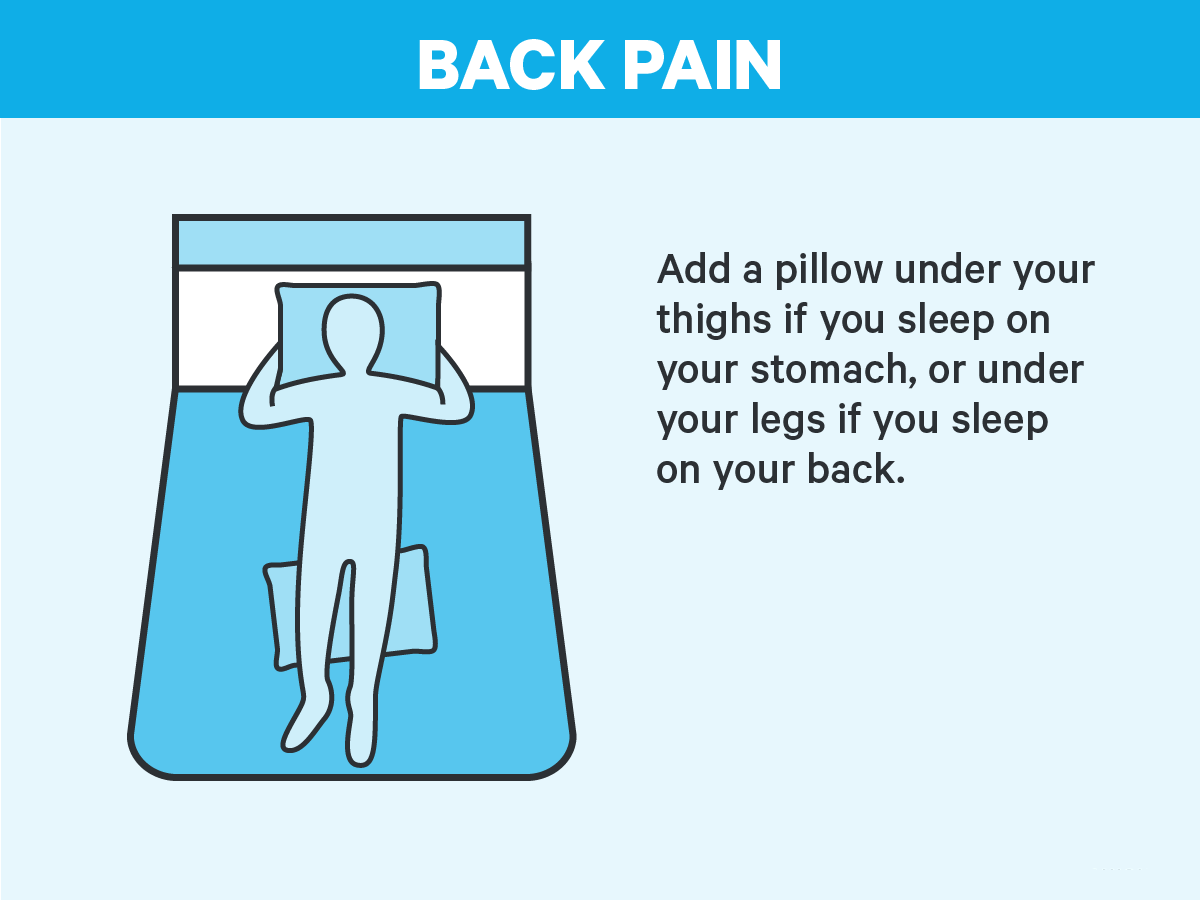
If your pillow doesn’t hold its shape, it’s time to get a new one.
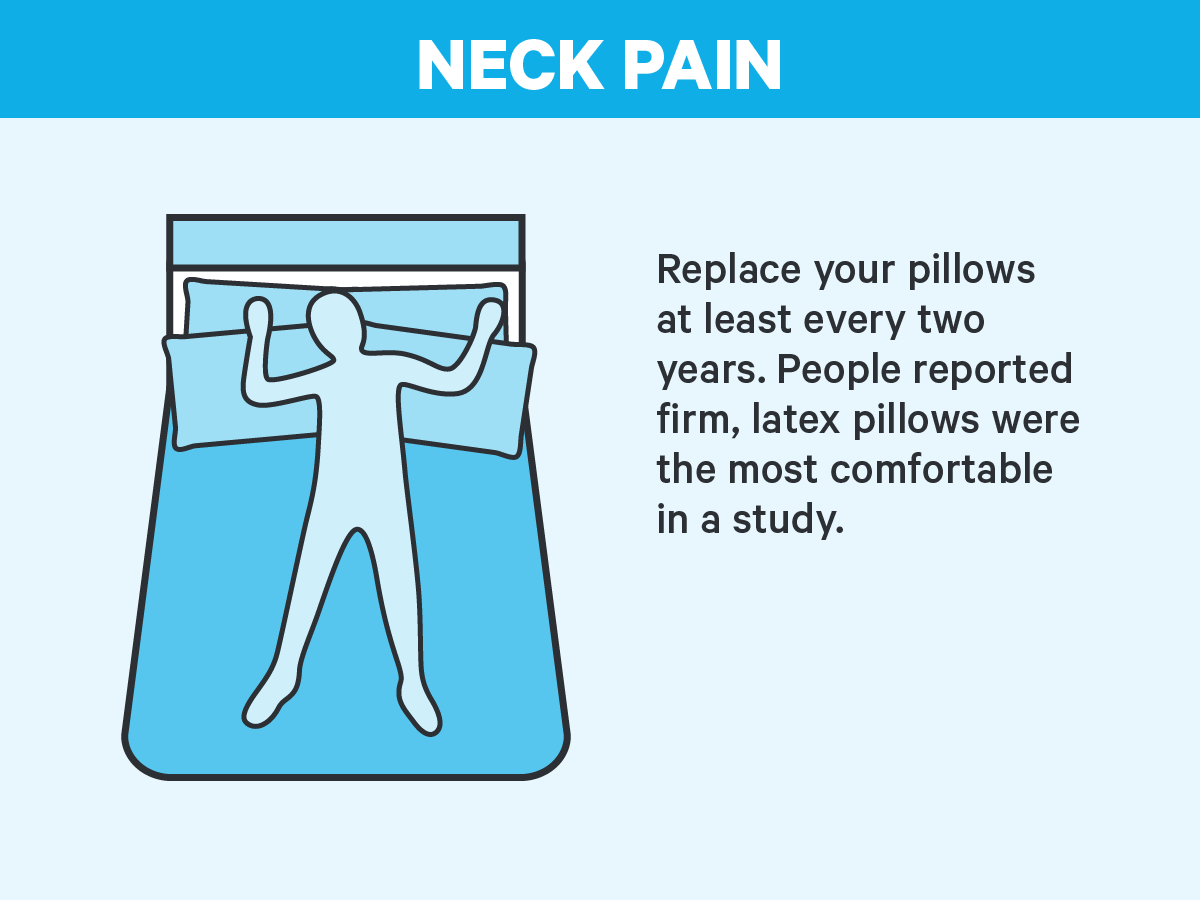
It can be tough to banish phones before bedtime, but you should. Their blue light really can wreck havoc on your REM cycle.

Your body really does need to be cooler when you sleep in order to get the best rest.
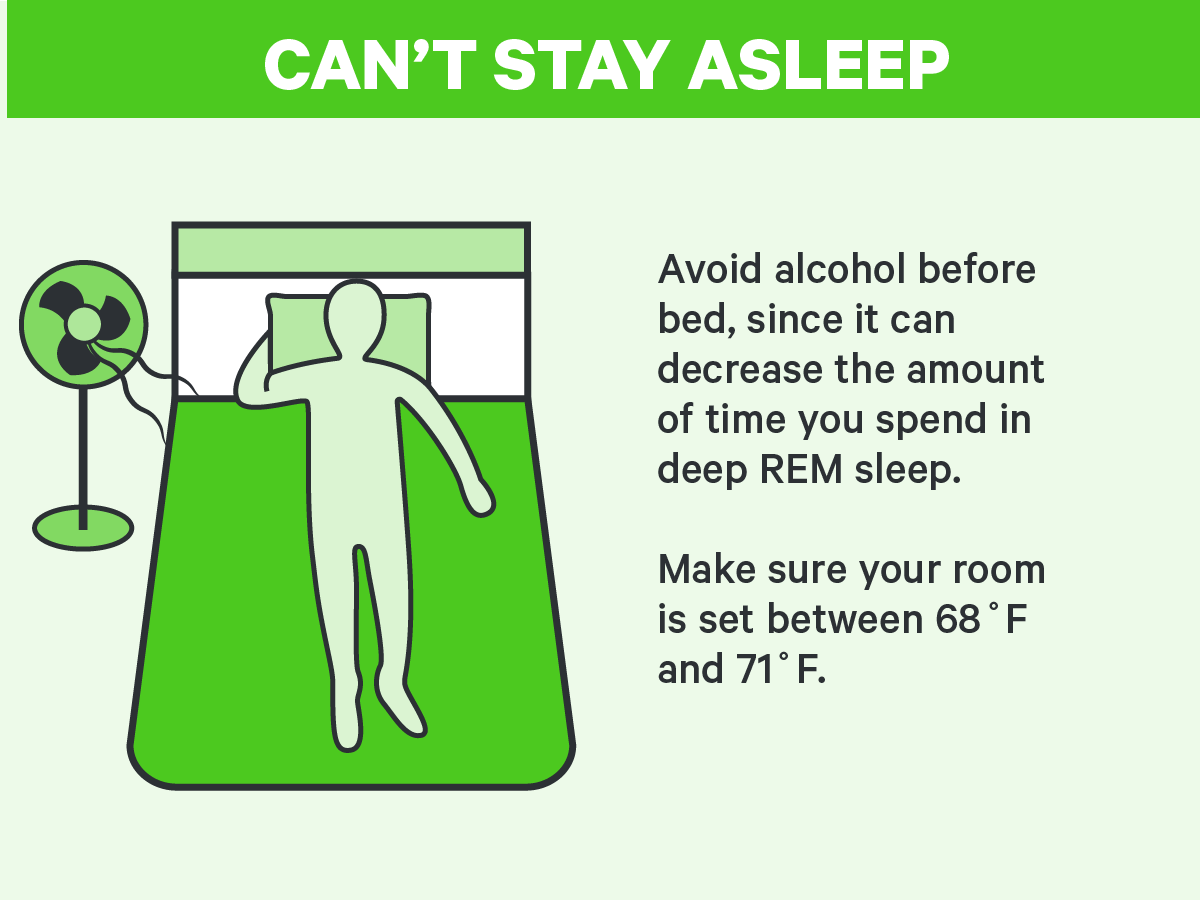
Scientists call not waking up at the same time «social jet lag.» Try setting your alarm for the same time seven days a week.
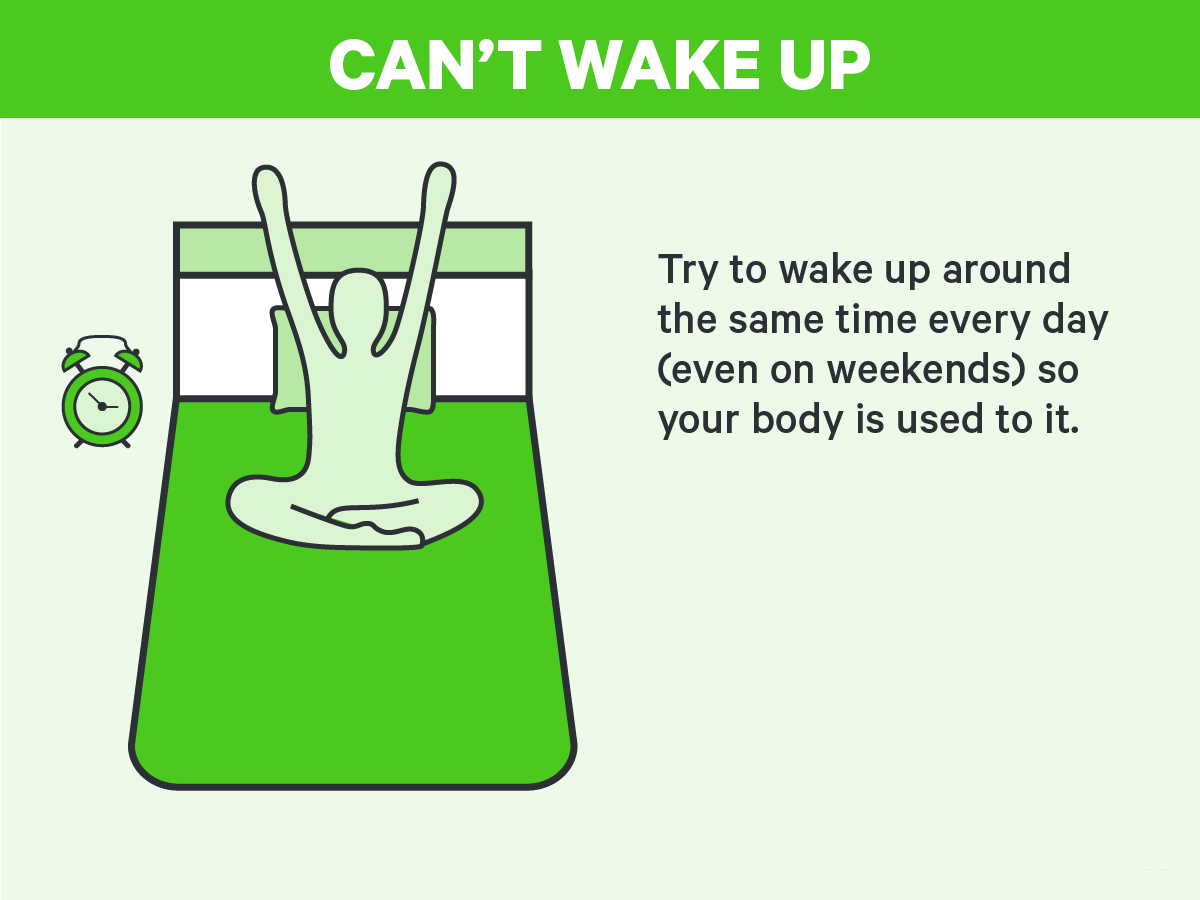
About 7 million Americans have acid reflux disease. Medication and sleeping elevated on your left side can help.
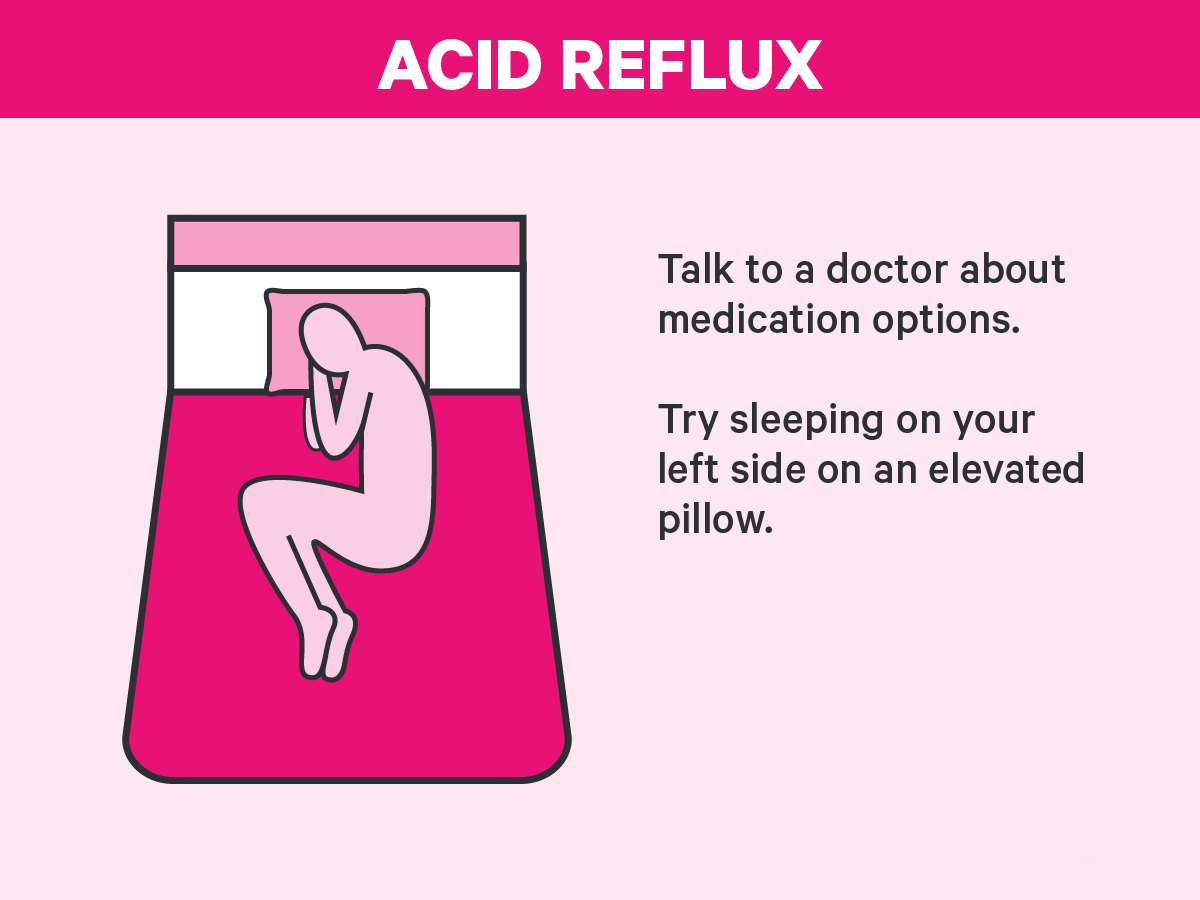
Whether you or your partner are the noisy one, there are interventions you can try to prevent snoring. If you’re the snorer, start by avoiding sleeping on your back.
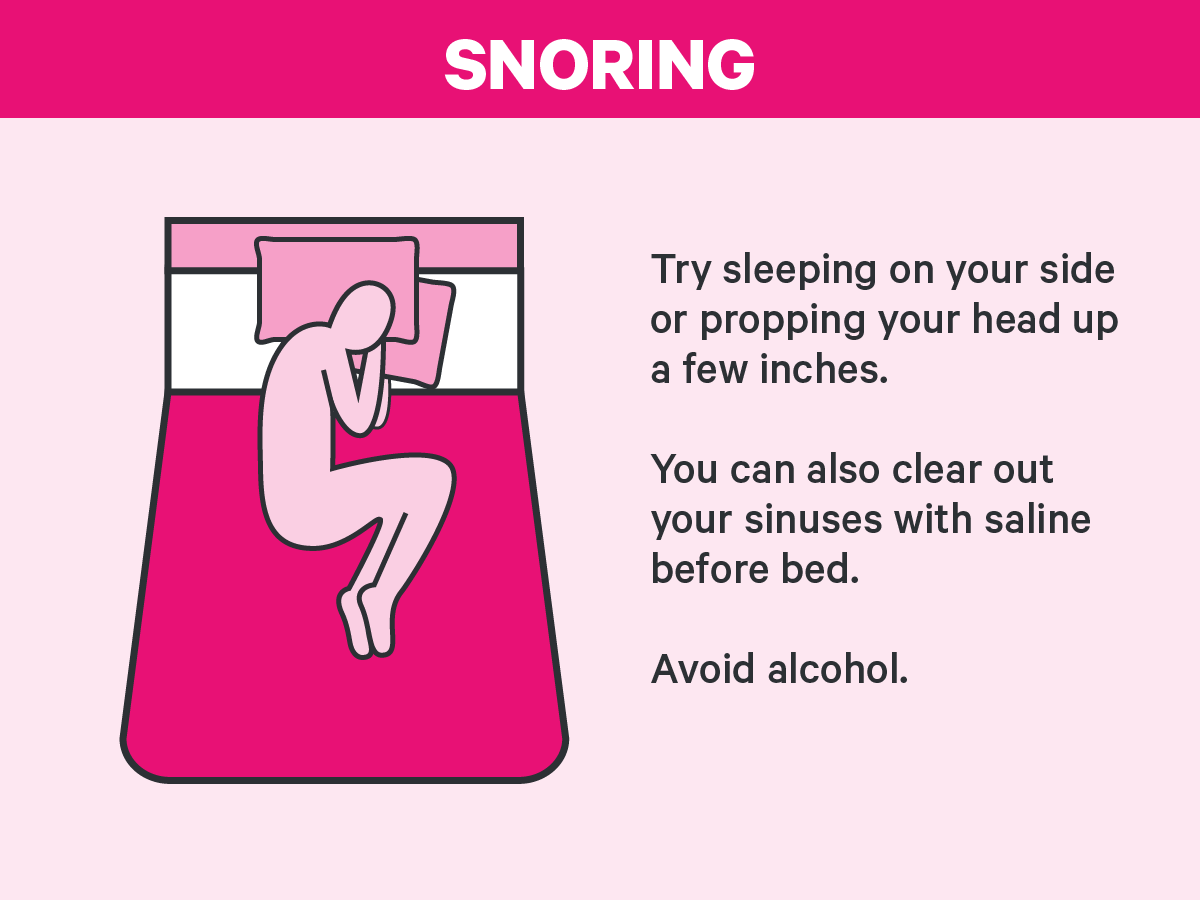
Scientists aren’t sure what causes nighttime leg cramps, but it’s probably related to muscle fatigue and nerve damage. Stretching and massage can help.
